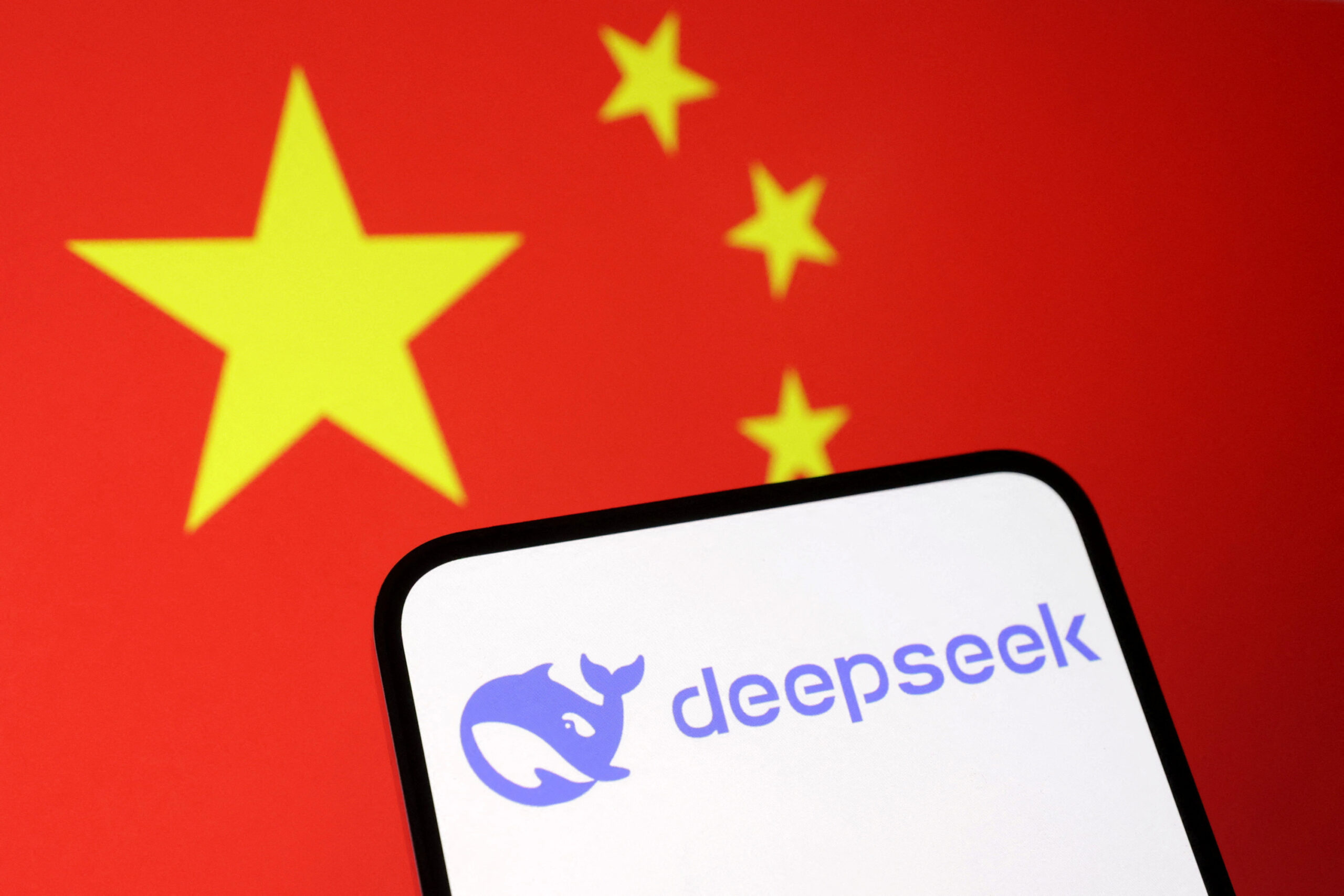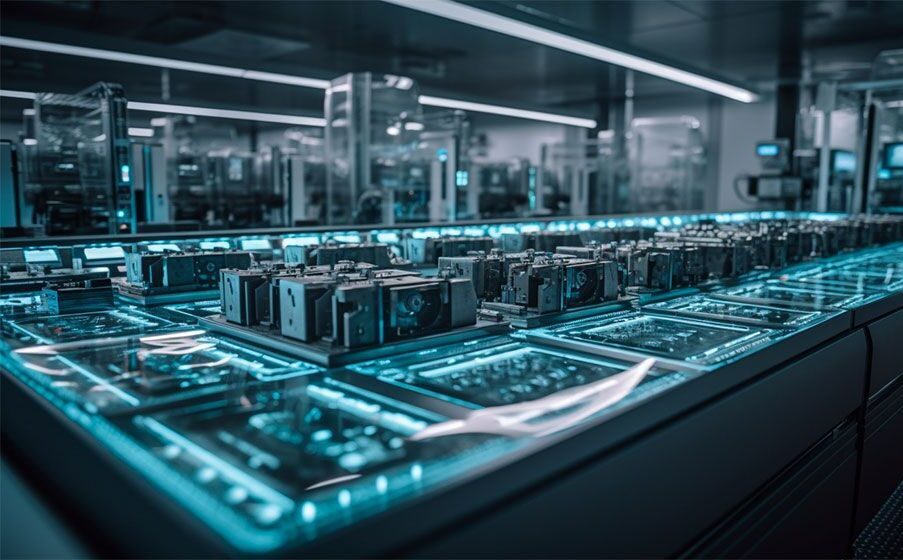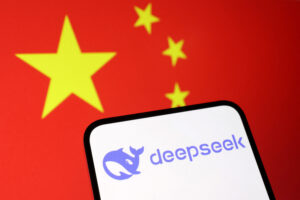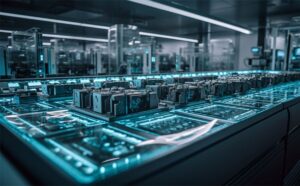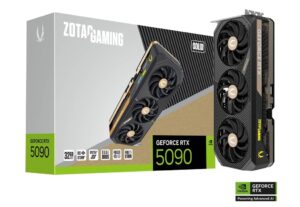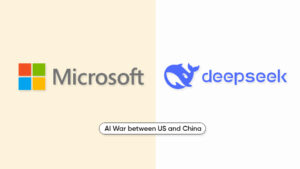Revolutionary AI Showdown: Deepseek vs. Global Giants — A Shocking Look at Jensen Huang’s Vision
“Are we on the brink of a fragmented tech era, where global powers erect ‘firewalls’ that hinder the flow of knowledge and business? Deepseek—a rising AI star from China—has ignited a fierce debate, especially after facing sanctions from Western nations. Meanwhile, Jensen Huang, the CEO of chip powerhouse Nvidia, maintains a surprisingly calm demeanor amid the growing tension. What does this mean for the global AI landscape and the future of Artificial Intelligence?”
In this comprehensive analysis, we will investigate the rapid ascent of Deepseek, the Western strategy to curb Chinese AI ambitions, and how Jensen Huang sustains Nvidia’s leadership in the chip industry. Ultimately, the shifts we see in AI and Artificial Intelligence today are more than just angles for corporate growth; they could redefine the geopolitical landscape for decades to come.
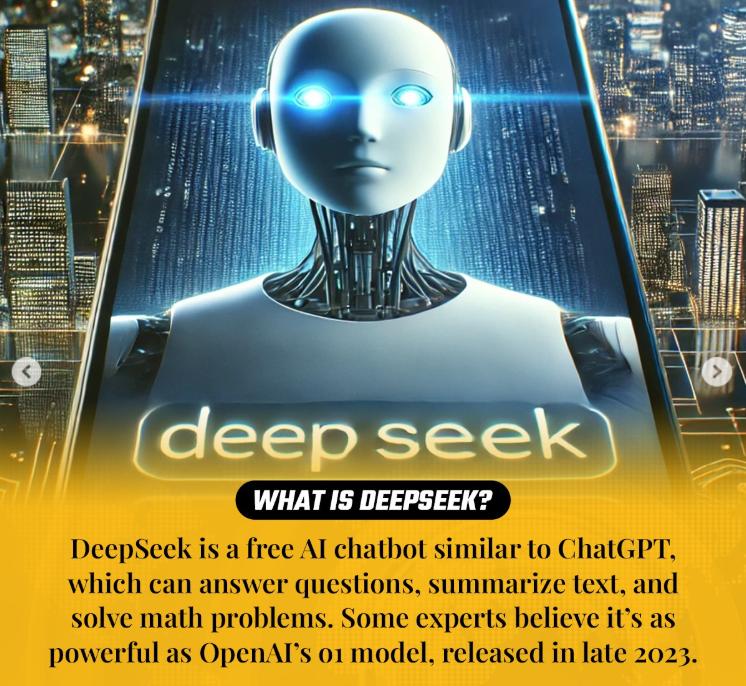
Deepseek — The ‘Upstart’ AI Company Shaking Industries
Remarkably Fast Growth
Deepseek exemplifies China’s relentless drive to claim its place in Artificial Intelligence. Established only a few years ago, Deepseek has already made its mark by developing advanced image recognition, natural language processing (NLP), and deep learning solutions at affordable costs. Fueled by an abundance of Chinese AI talent and cutting-edge hardware—often powered by Nvidia’s GPUs—Deepseek has attracted serious global investment.
Although it might not yet match the scale of Google Brain, Microsoft Research, or other major AI labs, Deepseek has shown striking revenue growth. In a 2023 Deloitte report on the worldwide AI market, Deepseek claimed an impressive 150% increase in earnings year-over-year, bolstered by hundreds of millions of dollars in venture capital aiming to expand its R&D (Research & Development).
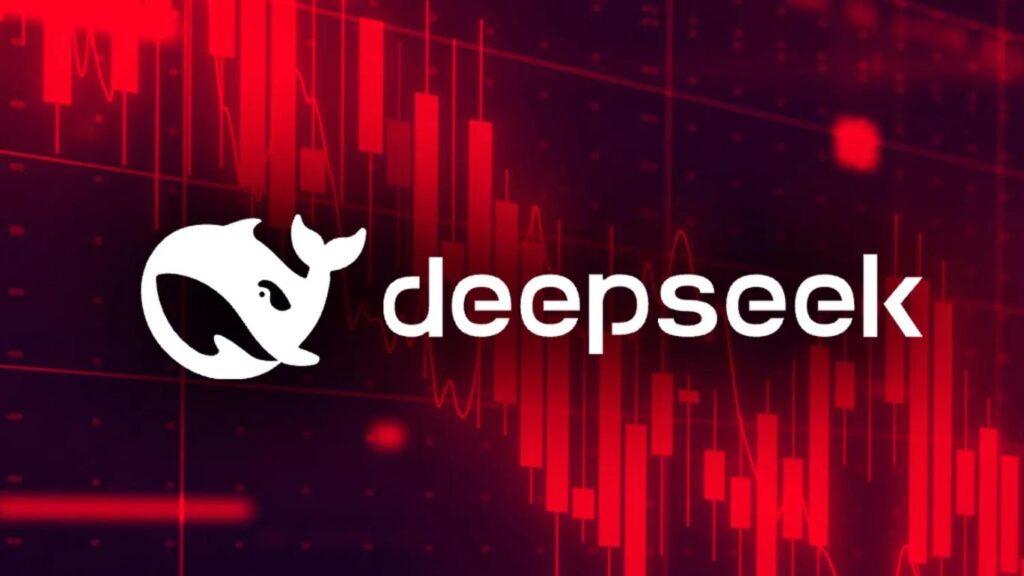
Backed by China’s Government Support
It’s impossible to overlook the impact of Chinese government policies on Deepseek’s success. Beijing’s long-term strategic plans—particularly its “Made in China 2025” initiative—have identified AI and Artificial Intelligence as top priorities. Generous tax exemptions, special licenses, and robust funding for AI pilot programs create a favorable environment for Deepseek and other emerging players.
State-owned enterprises have started adopting Deepseek’s solutions for smart city initiatives and security projects, heightening Western concerns over potential citizen surveillance. This highlights differing perspectives on how AI systems should be regulated—especially when technologies like image detection and facial recognition can be employed for large-scale data monitoring.
The Western Backlash and Strategic Containment
U.S. Leading Restrictions on “Sensitive Technology”
When Deepseek caught international attention, the U.S. government took decisive action. Fearing that Chinese Artificial Intelligence might be channeled for military or extensive surveillance purposes, the U.S. Commerce Department placed tighter controls on exporting chip technology. This move recalls the 2019 ban on Huawei, which effectively barred Huawei from accessing TSMC chips and Google services.
Today, several Chinese AI companies—Deepseek included—now sense the risk of being swept into a broader “trade war” as Washington aims to guard its technological edge.
Western Allies Follow Suit
By mid-2024, key European nations like the UK, Germany, and France signaled a tougher stance on Chinese AI vendors. While not uniformly strict, Europe collectively echoes concerns about privacy, cybersecurity, and potential “policy manipulation” by companies like Deepseek. In one instance, Germany’s Federal Office for Information Security (BSI) released additional guidelines restricting the use of Chinese AI services in critical infrastructure. This put Deepseek at a disadvantage within various EU markets.
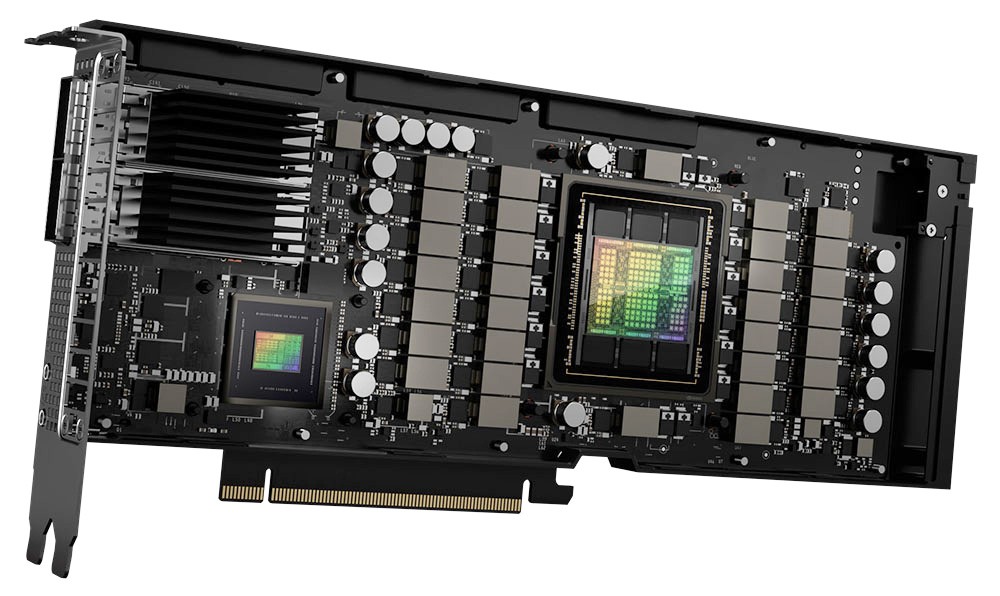
Tension Between Protectionism and Free Trade
Not all stakeholders in the West agree with the “ban-first” approach. Numerous European corporations worry that harsh restrictions will disrupt global supply chains and inflate production costs. Automakers like BMW and Volkswagen, which need AI chipsets for the next generation of electric and autonomous vehicles, fear losing access to vital Chinese markets.
Hence, Europe faces an internal clash: responding to U.S. pressure on the one hand, while striving to maintain open trade relations on the other. This tug-of-war underscores the intricate balance between preserving security interests and pursuing inclusive technological development.
Jensen Huang & Nvidia — “Giants” Firmly Withstanding the Storm
Nvidia’s Remarkable Resilience
In the midst of intensifying geopolitical tensions between China and the West, Nvidia sits at the epicenter of global AI. With approximately 70% of the market share in AI GPU and processor solutions, according to 2024 data from Gartner, Nvidia stands as a linchpin for tech giants such as Google, Amazon, Microsoft, and even Chinese AI startups like Deepseek.
Jensen Huang’s entrepreneurially bold yet calculated approach has guided Nvidia to its present position. By anticipating possible disruptions, Nvidia strategically diversifies product roadmaps, distribution channels, and R&D centers across multiple regions.
Jensen Huang’s “Two-Pronged” Strategy
To handle the political minefield, Nvidia deploys a two-pronged strategy:
- “Global Editions” of AI Chips: Nvidia releases processor versions that comply with U.S. export regulations, possibly with some features capped. This enables the company to legally sell to Chinese outfits—Deepseek included—without falling afoul of federal constraints.
- R&D Localization: Nvidia maintains research labs in the U.S., Europe, and various parts of Asia outside China. This global footprint allows the firm to shuffle specialized teams based on regional constraints and retain strong bargaining leverage with governments.
- Broad Alliance-Building: Nvidia collaborates with major cloud providers (Google, Microsoft, Amazon) and chip foundries (TSMC, Samsung) to safeguard its supply chain. This cooperative network helps Nvidia endure any specific country’s export limitations.
Such foresight stabilizes Nvidia’s growth while letting the global AI market depend on its high-performance hardware solutions.
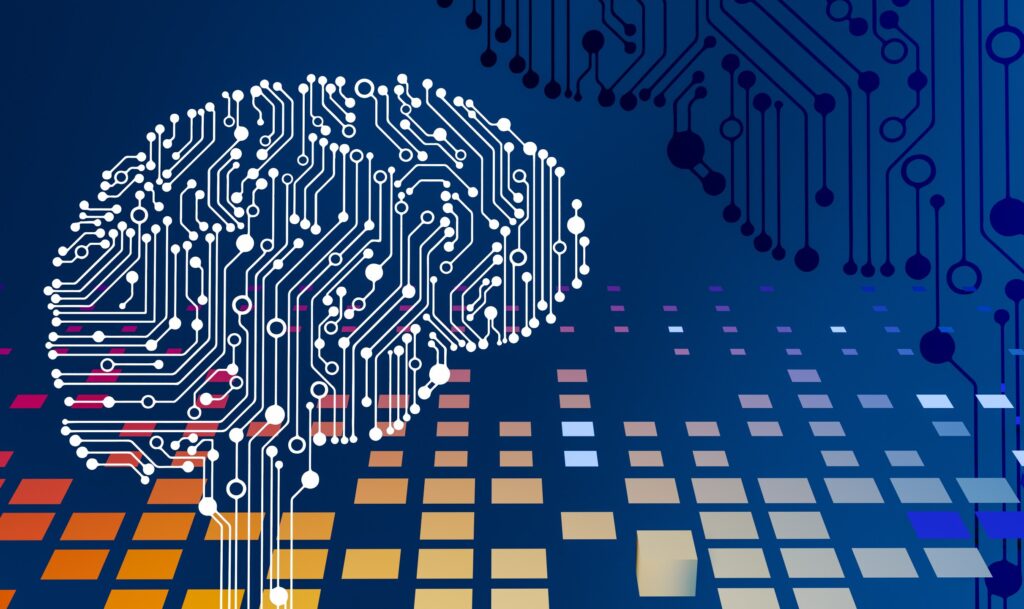
How This Impacts Future Technological Development
Threat of Ecosystem Fragmentation
Leading experts in AI and Artificial Intelligence are worried about a “splinternet” of technology. If China and the West fully part ways, we could see divergent standards for chip architecture, security, and software stacks.
- Case in Point: RISC-V, an open-source instruction set architecture for microprocessors, was envisioned to unify AI research internationally. But amid rising tensions, Chinese entities might fork RISC-V for local uses, while U.S. and European researchers adopt separate directions. This splintering inflates domain-specific costs and slows cross-border collaborations.
Accelerated Tech Autonomy in China
While Western bans and sanctions might temporarily inhibit Chinese companies like Deepseek, these restrictions often force domestic innovation. Observers liken this to past trade blockades: once a crucial resource is cut off, the affected party invests more aggressively in homegrown alternatives. For Chinese AI enterprises, that could mean:
- Building Domestic Chip Ecosystems: Players like Alibaba, Baidu, and Huawei already push proprietary chip designs (e.g., Huawei’s Ascend processors). Despite some performance lag compared to Nvidia, persistent bans could further galvanize advanced local chip R&D.
- Increased Cooperation with Russia, India, and the Middle East: If the West shuts the door, China may strike partnerships with other regions. India boasts talented AI engineers, while the Middle East offers substantial financial resources—both potential routes for growth.
Spur to Innovation
Paradoxically, fierce competition can be a catalyst for greater strides in Artificial Intelligence and AI. As the U.S. and China vie for AI supremacy, they invest billions in novel architectures, next-gen tools, and R&D breakthroughs.
- Illustration: Microsoft’s partnership with OpenAI has poured billions into GPT models, spurring Google to counter with Bard and PaLM. The story repeats in China, with Baidu promoting Ernie Bot. If Deepseek receives dramatic local funding, a state-of-the-art Chinese competitor to GPT could soon shake the global AI landscape.
The downside is the potential neglect of universal standards in AI safety and ethics. Without cohesive international dialogue, each power block might focus exclusively on outdoing the other, potentially leaving ethical frameworks fractured and incomplete.
Nvidia’s Role in AI’s Evolution
As the world leader in GPU-based infrastructure, Nvidia could significantly alter AI’s trajectory:
- Maintaining a Quasi-Monopoly: Heightened U.S. export controls could cement Nvidia’s role as the singular, authorized chip supplier for “legal AI”—with Chinese players limited to inferior or restricted versions.
- Pivot to Europe and India: If China’s access remains restricted, Nvidia might accelerate expansions elsewhere. Europe, heavily investing in digital transformation, and India, known for robust IT services and data center growth, emerge as prime markets.

Real-World Examples from Established Tech Giants
Huawei’s Journey Toward Autonomy
Huawei, once heavily reliant on Western components, faced a crippling U.S. ban in 2019. Yet it fought back by creating HarmonyOS, and boosting chip R&D via Kirin processors. Although it still struggles with semiconductor fabrication, Huawei hasn’t folded. Instead, it remains a viable force in telecom and smartphones—proof that isolation can inspire a robust culture of self-reliance.
Google’s “Two-Legged” Blueprint
Google, a major AI player headquartered in Silicon Valley, simultaneously develops proprietary chip architectures (TPU—Tensor Processing Unit) and fosters open AI ecosystems through Google Cloud. This approach puts Google in a flexible position: it can collaborate with China if circumstances allow or rely on domestic solutions if tensions worsen. By comparison, Nvidia’s hardware monopoly is even stronger, given that virtually every AI enterprise needs advanced GPUs.
Tesla’s In-House AI for Autonomous Driving
Tesla once leveraged Nvidia GPUs but shifted to its own Full Self-Driving (FSD) chips. Elon Musk aims for holistic control—software, hardware, and data. If this pattern spreads, more large-scale AI-dependent firms could attempt chip self-sufficiency, potentially challenging Nvidia.
Future Projections & Long-Term Challenges
The Convergence of AI and the Digital Economy
Over the next decade, AI and Artificial Intelligence will permeate finance, healthcare, and education. If tension remains between the U.S. and China—which collectively represent over one-third of the global economy—progress toward a truly global digital ecosystem could stall.
- Risk: Global AI standards (ISO, IEC) might come under dual influences, forcing companies to maintain separate platform variants for each geopolitical sphere.
- Opportunity: Entities that facilitate cross-border AI solutions (e.g., Nvidia) could see expanded influence and revenue.
Ethics & Social Responsibility
Beyond economics and politics lies the moral dimension of AI: privacy, data security, and potential misinformation. Robust global collaboration is critical for forging common ethical guidelines. However, if each “side” sets different AI governance rules, the world could face an inconsistent patchwork, complicating efforts to combat misinformation, address privacy, and manage AI-powered cybersecurity threats.
A Post-Tech-War World?
Ultimately, we must ask if the planet is heading toward a tech cold war or eventually pivoting to stability and cooperation. History shows that severe stand-offs sometimes yield new treaties and frameworks once adversaries realize mutual benefit in collaboration.
- Optimistic Scenario: The U.S. and China draft an AI agreement outlining usage limits in military contexts or mass surveillance. Companies like Nvidia remain able to export advanced chips, albeit under rigorous monitoring.
- Pessimistic Scenario: Worse sanctions and export bans push Chinese firms, such as Deepseek, into fully independent chip ecosystems, resulting in two parallel AI worlds. While China might lag initially, it could ultimately develop robust AI infrastructure to rival the West, creating a deep global technological divide.
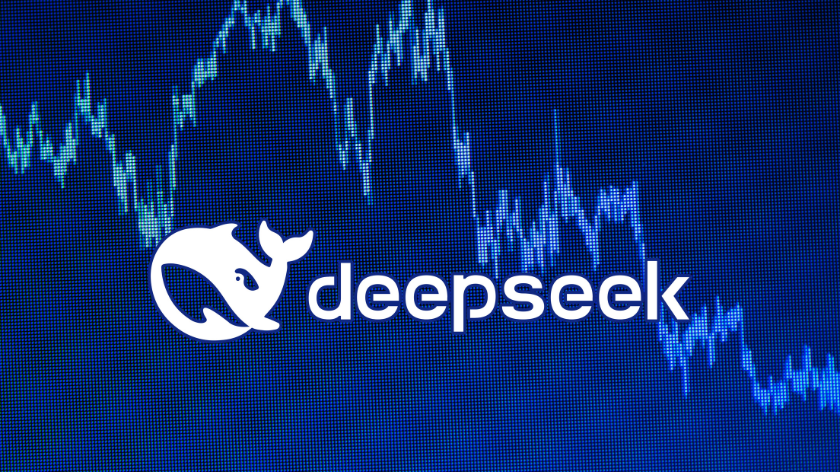
Balancing Opportunities and Risks
Taking it all in, we arrive at several key insights:
- Deepseek and Chinese AI Companies: Despite pressing challenges, they retain strong prospects, supported by a vast domestic market, substantial state backing, and world-class engineering resources.
- Nvidia and Jensen Huang: They maintain a steady hand, aware that their GPU solutions are vital to any AI entity—Chinese or Western. Nvidia’s diversified approach ensures resilience under any export framework.
- Global AI Industry: Threatened by fragmentation, yet propelled by competition. Businesses will need clever strategies to remain compliant with regulations and still invest in advanced R&D.
Ultimately, we see AI and Artificial Intelligence transcending mere corporate rivalries. They involve choosing between rigid isolation and pragmatic collaboration. If global players—startups, corporations, and governments—recognize the significance of shared ethical standards and synchronized progress, we could pave the way for a more unified AI age. Conversely, if tensions worsen, we risk squandering precious time, resources, and innovations that could otherwise address urgent global issues like climate change, healthcare disparities, and educational inequality.
In short, the Deepseek drama, the Western clampdown, and Jensen Huang’s measured leadership signify only one chapter in a broader saga. We stand at a crossroads: a path toward synergy and mutual prosperity or a divide that hinders the collective leap forward. The next few years will be decisive. And at the heart of it all lies a question: Will we harness the power of AI and Artificial Intelligence to unite us—or allow it to push us apart?
“Success in AI is not merely about which tech giant or nation ‘wins,’ but about how we—collectively—avoid losing what matters most: shared knowledge, universal ethics, and the essence of innovation that serves humanity as a whole.”
